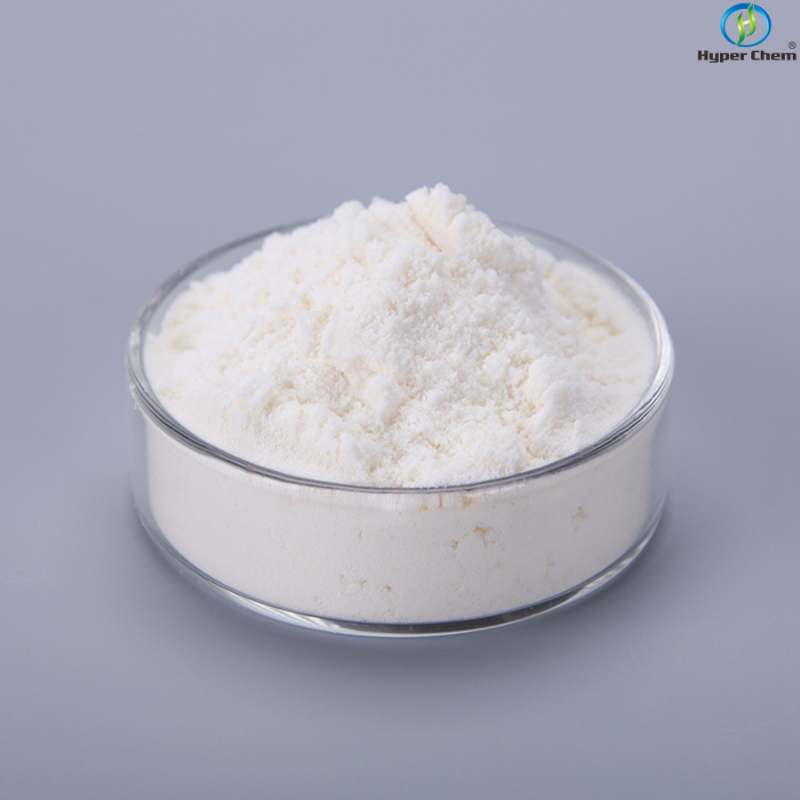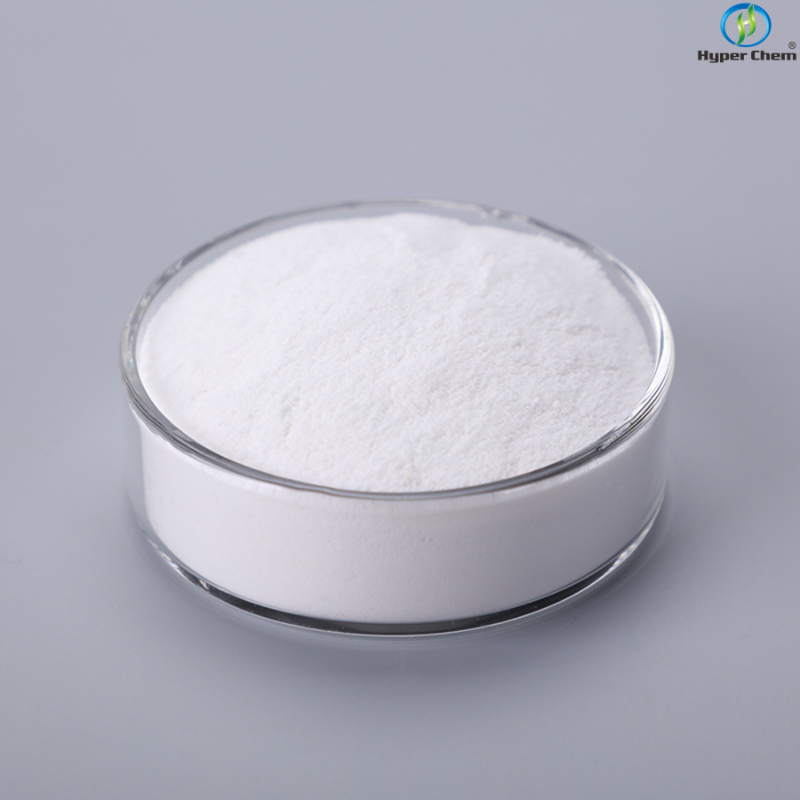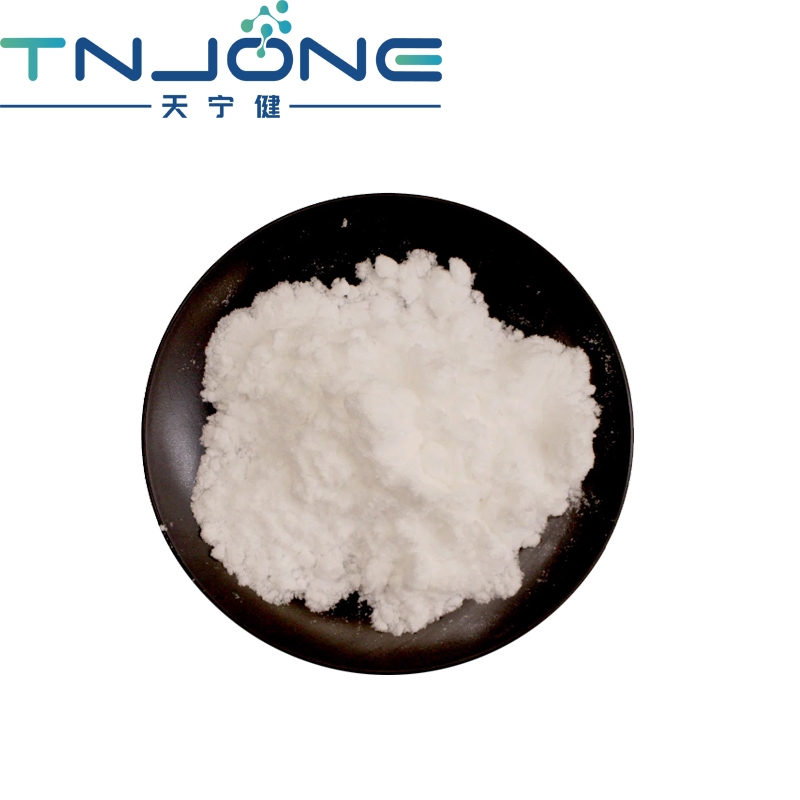-
Categories
-
Pharmaceutical Intermediates
-
Active Pharmaceutical Ingredients
-
Food Additives
- Industrial Coatings
- Agrochemicals
- Dyes and Pigments
- Surfactant
- Flavors and Fragrances
- Chemical Reagents
- Catalyst and Auxiliary
- Natural Products
- Inorganic Chemistry
-
Organic Chemistry
-
Biochemical Engineering
- Analytical Chemistry
-
Cosmetic Ingredient
- Water Treatment Chemical
-
Pharmaceutical Intermediates
Promotion
ECHEMI Mall
Wholesale
Weekly Price
Exhibition
News
-
Trade Service
case after
case by case by caseThe routine blood test of a 15-year-old female patient with β-thalassemia major showed: WBC 56.
13×109/L, HG 68g/L, PLT 567×109/L, and WBC could not be classified (Figure 1)
.
Figure 1 The patient's blood routine instrument test data
Fig.1 The test data of the patient's blood routine instrumentFig.
1 The test data of the patient's blood routine instrument
According to the re-examination rules, the inspectors performed microscopic examination of the specimen and found that there were a large number of nucleated red blood cells under the microscope, the number of which was far greater than that of WBC, which caused significant interference to the WBC count and needed to be corrected
.
Figure 2 Wright-Giemsa staining of peripheral blood (1000×)
Fig.2 Wright-Giemsa staining of peripheral blood (1000×) Fig.
2 Wright-Giemsa staining of peripheral blood (1000×)
After correction, the patient's true leukocyte level was 19.
36 × 109/L (Figure 3)
.
A large number of nucleated red blood cells are commonly seen in the periphery of thalassemia patients, and existing detection methods can lead to falsely elevated WBC counts, which is one of the reasons for the "elevated" WBC in this thalassemia patient
.
Figure 3 Patient blood routine report
Figure 3 The patient's blood routine reportFigure 3 The patient's blood routine reportcase analysis
case study case studyAfter excluding the interference of nucleated red blood cells on WBC count, the real level of WBC in this patient was 19.
36×109/L, which was still at a high level.
So what caused the increase in peripheral blood WBC of this patient?
Reviewing the life course of WBC: pluripotent hematopoietic stem cells are directed to differentiate into myeloid progenitor cells under the action of colony-stimulating factors, and then develop into promyeloid, mesoderm, metamyeloid, rod-shaped nucleus and lobulated nucleus after several mitotic divisions.
Granulocytes, this process is completed in the bone marrow, and it takes about 10 days; mature granulocytes pass through the bone marrow blood barrier and enter the peripheral blood circulation, during which they may also undergo "examination and supervision" by the spleen.
"Qualified" granulocytes circulate in the peripheral blood for 6- After 10 hours, it escapes from blood vessels into tissues or body cavities; exhausted neutrophils (end-of-life) undergo apoptosis and are then cleared by macrophages
.
Next, the possible reasons for the increase of peripheral WBC in this thalassemia patient will be analyzed from the aspects of WBC/granulocyte production, execution of physiological functions, and post-senescence clearance
.
Figure 4 Route of blood cell generation (picture quoted from the Internet)
Figure 4 Route of hematopoiesis (picture from the Internet) Figure 4 Route of hematopoiesis (picture from the Internet)one
oneDue to long-term hemolysis in patients with thalassaemia, the body's immunity is weak and prone to secondary infection.
Under the action of chemokines, the cells of the reserve pool are released into the circulating pool, causing the peripheral WBC to increase continuously
.
The latest research shows that about 100 billion neutrophils are produced every day from stem cells in the adult bone marrow.
These cells patrol almost all corners of our body and are very effective at sensing any potentially harmful substances in our body
Once individual neutrophils detect damaged cells or invading microorganisms in the tissue, they secrete attractive signals (LTB4, CXCL2) that act on cell surface G protein-coupled receptors (G protein-coupled receptors) on neighboring neutrophils ( GPCRs), thereby recruiting more and more cells
.
By exploiting this intercellular communication, neutrophils can act together as a cell collective and efficiently coordinate their clearance of pathogens as a group
.
When the body senses the accumulation of high concentrations of swarm attractants (LTB4, CXCL2) in the larger neutrophil population, it stops their clumping movement, and the neutrophils self-dissociate as the inflammation subsides
.
Figure 5 Self-organization of neutrophil populations during bacterial infection
Fig.5 Self-organization process of neutrophil population during bacterial infectionFig.
5 Self-organization process of neutrophil population during bacterial infection
The patient had no fever on physical examination.
Although WBC was elevated, the proportions of neutrophils and lymphocytes were generally normal, and the PCT result of procalcitonin was also negative (Figure 6), basically ruling out bacterial infection
.
Figure 6 Detection of bacterial infection index (PCT) in patients
Figure 6 Detection of bacterial infection index (PCT) in patientsFigure 6 Detection of bacterial infection index (PCT) in patientstwo
twoIn some non-infectious diseases, such as acute cerebral infarction, acute myocardial infarction, group injury and massive blood cell destruction, trauma, post-surgery, extensive burn, or severe intravascular hemolysis and other stress states, the marginal cistern can be released into the Circulating pools, causing a transient increase in white blood cells
.
Considering that patients with thalassemia have intravascular hemolysis, does hemolysis lead to increased WBC? Biochemical results showed that: the patient's bilirubin metabolism was generally normal, and lactate dehydrogenase (LDH) was significantly increased (Fig.
7) , suggesting that the patient's blood cells were destroyed, but the degree of hemolysis was not serious and did not exceed the liver's ability to handle bilirubin.
metabolic capacity
.
Therefore, hemolysis may not be the main reason for the elevated WBC in this thalassemia patient
.
The patient's bilirubin metabolism was generally normal, while lactate dehydrogenase (LDH) was significantly elevated (Figure 7).
Figure 7 Detection of hemolytic indexes in patients
Fig.7 Detection of hemolytic indexes in patientsFig.
7 Detection of hemolytic indexes in patients
three
threeJudging from the WBC classification of peripheral blood in this case, neutrophils and lymphocytes were increased in the same proportion, which basically ruled out the increase of WBC caused by infection.
situation to find the cause
.
Since the patient with thalassemia did not undergo bone marrow aspiration, it is impossible to investigate whether the increase in peripheral WBC is related to the increase in myelopoiesis
.
Four
FourDifferent from normal adult hematopoiesis, in addition to bone marrow hematopoiesis, thalassemia patients often have extramedullary hematopoiesis (extramedullaryhaematopoiesis, EMH)
.
EMH is the expansion and differentiation of hematopoietic stem and progenitor cells outside the bone marrow.
Common sites include the spleen, liver, lymph nodes, paravertebral regions, heart, chest, thymus, kidney, adrenal gland, prostate, pleura, skin, nerves, and spinal canal.
After birth, pathological EMH, as a compensatory mechanism for ineffective hematopoiesis in the bone marrow, is triggered by hematopoietic dysfunction, hematopoietic undercompensation, and other pathological stress conditions (eg, infection, advanced tumor, anemia, metabolic stress) of
.
In thalassemia, anemia and the resulting hypoxia increase EPO levels in serum, thereby activating the EPOR/JAK2 pathway, and sustained phosphorylation of JAK2 triggers erythrocyte hyperproliferation and EMH, leading to hepatosplenomegaly (Fig.
8)
.
However, persistently proliferating erythrocyte progenitors cannot differentiate into mature erythrocytes, which is the reason for the peripheral appearance of abundant metaplastic erythrocytes
.
Figure 8 Molecular mechanism of extramedullary hematopoiesis in thalassemia
Fig.8 Molecular mechanism of extramedullary hematopoiesis in thalassemiaFig.
8 Molecular mechanism of extramedullary hematopoiesis in thalassemia
Is the increase in the total number of white blood cells related to extramedullary hematopoiesis in this case? There are two points worth discussing:
1.
Extramedullary hematopoiesis is a compensatory mechanism, but the thalassemia patient only needs compensation for the erythroid, and WBC or PLT theoretically does not need compensation, and the patient's white blood cells and platelets have increased significantly, so it is not certain that the increase in WBC.
High is caused by extramedullary hematopoiesis;2.
Another feature of extramedullary hematopoiesis is that various stages of immature red blood cells and granulocytes (such as bone fibers) can appear in peripheral blood, which is related to the lack of bone marrow barrier as the first screening line of defense in extramedullary hematopoiesis
.
1.
Extramedullary hematopoiesis is a compensatory mechanism, but the thalassemia patient only needs compensation for the erythroid, and WBC or PLT theoretically does not need compensation, and the patient's white blood cells and platelets have increased significantly, so it is not certain that the increase in WBC.
High is caused by extramedullary hematopoiesis;
2.
Another feature of extramedullary hematopoiesis is that various stages of immature red blood cells and granulocytes (such as bone fibers) can appear in peripheral blood, which is related to the lack of bone marrow barrier as the first screening line of defense in extramedullary hematopoiesis
.
In this case, we observed a large amount of metaplastic erythropoiesis, but the myeloid lineages were all mature cells, inconsistent with extramedullary hematopoiesis
.
Based on the above two points, there is no direct evidence whether the elevated mature leukocytes in peripheral blood of endemic anemia are caused by extramedullary hematopoiesis.
Or flow cytometry (Figure 9), can provide evidence for the above hypothesis
.
Figure 9.
Hematopoietic developmental tree.
The identification of developmental markers of hematopoietic niche cells can identify proliferating cell types.
five
fiveIs the increase in peripheral leukocytes related to the screening of the spleen in the external circulation? The spleen is an important filter in the blood circulation.
It removes foreign bodies, germs, and senescent and dead cells from the blood through retention, sieving, and phagocytosis
.
The normal human spleen has no function of storing red blood cells, and only about 1/3 of platelets and a small amount of white blood cells (mainly lymphocytes) are retained in the spleen
.
The spleen is the main site of EMH in thalassemia patients.
Under the pressure of continuous hemolytic anemia, the EMH components continue to compensate and proliferate, the spleen gradually increases, and the blocking effect is gradually strengthened.
50% to 90% of platelets, 30% of red blood cells and more.
Many lymphocytes are trapped in the spleen, resulting in decreased peripheral blood cells
.
Therefore, splenectomy or spleen embolization to reduce the destruction of red blood cells to improve anemia is also one of the treatment methods for patients with thalassaemia
.
However, excessive expansion of EMH components can also compress the surrounding structures and damage the spleen's sieving and phagocytic ability.
Whether the increase in peripheral leukocytes in this patient is related to the decreased ability of the spleen to clear senescent granulocytes remains to be confirmed
.
Summarize
summary summaryThrough in-depth verification, analysis, and discussion of various reasons for the increase of peripheral blood leukocytes in this thalassemia patient, it was found that there were more than 5 reasons for the increase of WBC
.
Today, when "accurate results" has become the basic configuration, how to understand and help the clinic understand the complex physiological and pathological mechanisms behind the test results, guide clinical diagnosis and treatment, and release the value of the test results, is the direction of clinical test practitioners' efforts immediately
.







